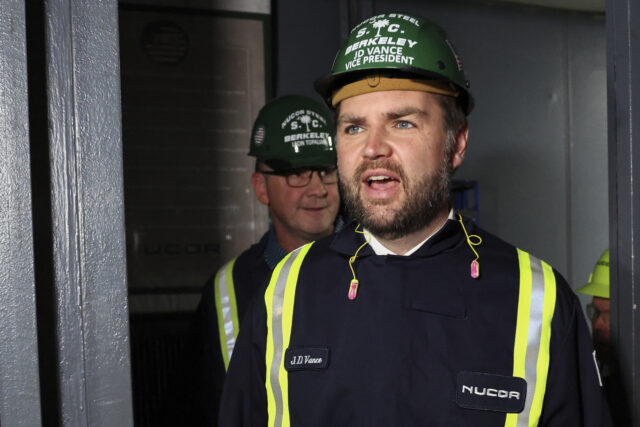U.S. Economic Activity Picks Up in May, Defying Expectations

U.S. business activity accelerated in May at the fastest pace since March, according to S&P Global’s flash purchasing managers’ index, offering a stronger-than-expected signal that the economy remains resilient despite headwinds from tariffs and high interest rates.
The headline Composite PMI Output Index rose to 52.1 in May from 50.6 in April, marking a two-month high. Analysts surveyed by the Wall Street Journal had expected manufacturing to slip back into contraction at 49.8 and services to inch down to 50.6—both were handily exceeded. The Manufacturing PMI jumped to 52.3, and the Services Business Activity Index also rose to 52.3, showing renewed strength in both sectors.
“The upturn in demand suggests the economy has more momentum than anticipated,” said Chris Williamson, chief business economist at S&P Global. “Output growth has picked up from April’s recent low, which had seen the weakest rise in over one-and-a-half years.”
Stronger domestic demand drove the improvement, with new orders in the manufacturing sector rising at the fastest pace in 15 months. Service sector activity also gained ground, rebounding from April’s 17-month low. Export orders, however, continued to decline—especially in services, where foreign demand fell at the sharpest rate since early 2020.
But the report also contained warning signs. Prices charged for goods and services rose at their fastest pace since August 2022, fueled by tariff-related cost increases and supplier pass-throughs. Manufacturers stockpiled inputs at a record pace, bracing for future disruptions once the current 90-day tariff pause expires in July.
“At least some of the upturn in May can be linked to companies and their customers seeking to front-run further possible tariff-related issues, most notably the potential for future tariff hikes after the 90-day pause lapses in July,” Williamson said.
Employment edged down slightly in May, with both manufacturers and service providers trimming payrolls amid rising costs and persistent labor shortages. Even so, business confidence improved from April’s lows, lifted by the pause in new tariffs and expectations of greater reshoring of production.
The flash PMI is based on survey responses collected between May 12 and 21. Final readings will be published on June 2 (manufacturing) and June 4 (services and composite).